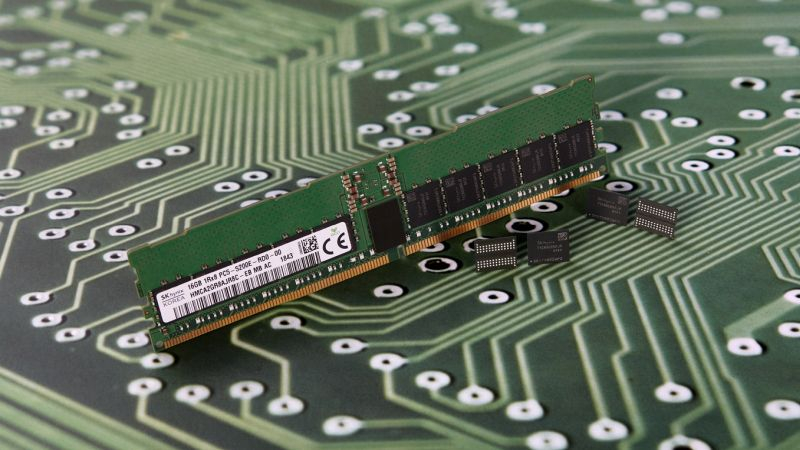The leading manufacturer of advanced versions of HBM memory remains SK hynix, which at the same time is inferior to Samsung Electronics in terms of overall production scale. The need to reorient part of the DDR5 production lines for the production of HBM3 and HBM3E is forcing market participants to increase prices for the latter type of product. As a result, SK hynix increased prices for DDR5 by 15–20%.

Image Source: SK Hynix
If the price increase was due to more natural factors of the cyclical return of demand for DRAM, then it would not be so noticeable. The development of artificial intelligence systems provokes an increase in demand not only for HBM chips, but also for classical DDR, since more and more server capacities are required, which are not scalable due to computational accelerators with HBM memory alone.
SK hynix expects to shift more than 20% of its DRAM production capacity to HBM this year, while Samsung Electronics is willing to donate 30% of its existing DRAM production lines. True, in order to realize these intentions with the greatest impact, Samsung must first secure large orders from the same Nvidia, but for now, from the comments of representatives of the South Korean company, it is only clear that the process of certification of these products to the requirements of this customer is still ongoing.